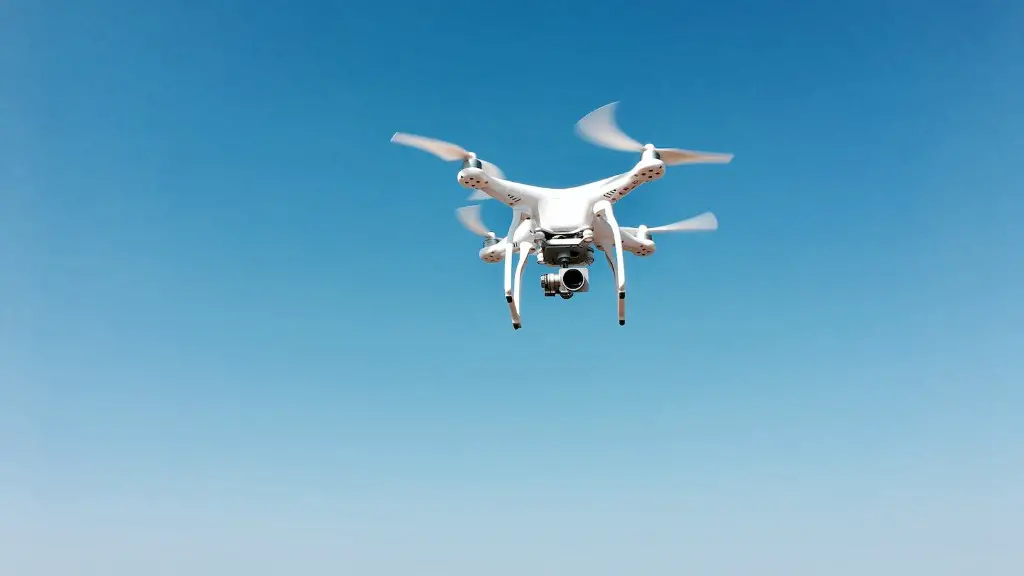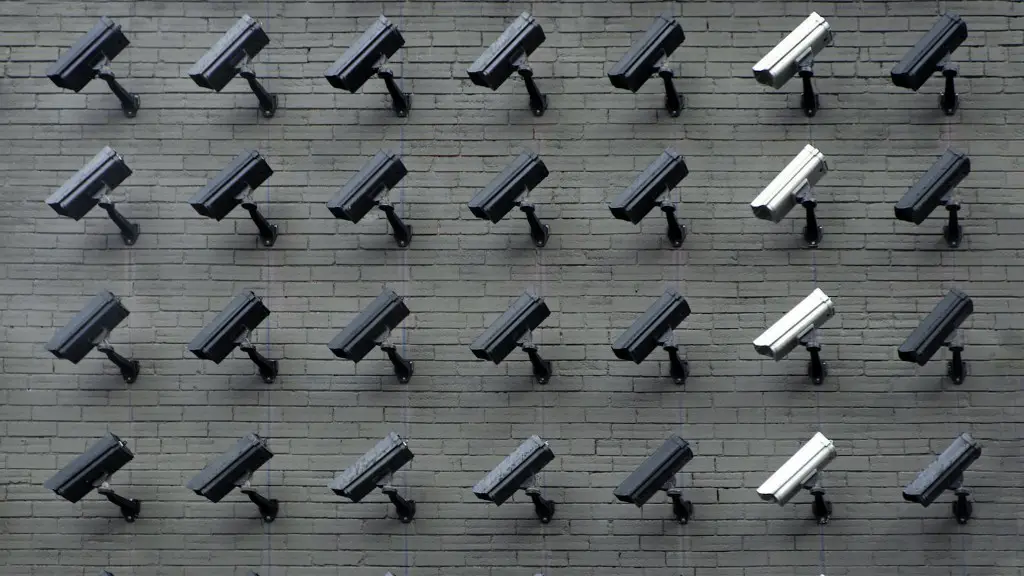Techniques You Will Learn
The Central Intelligence Agency (CIA) is an elite organization responsible for collecting information and preventing espionage. CIA agents are highly trained in numerous tradecrafts and Martial Arts for their field work. They are proficient in multiple forms of unarmed combat, such as Krav Maga, Muay Thai, and Jiu-Jitsu. Through practice and repetition, agents learn to take proper defensive and offensive maneuvers in order to protect themselves and their allies.
Krav Maga is an Israeli hand-to-hand combat system developed in the early 1900s. It encompasses a wide range of defensive maneuvers, such as blocks, strikes, throws, and grappling. CIA agents perform a variety of punches, including uppercuts, hooks and jabs. They also practice a number of chokeholds, as well as joint locks and pins. Krav Maga was designed for short-term engagements, rapid attack and counterattack, and the utilization of a soldier’s body in order to take an enemy down quickly.
Muay Thai is an ancient martial art from Thailand. It is also called “the art of eight limbs,” because it utilizes a combination of strikes with hands, feet, elbows, and knees. Muay Thai emphasizes the use of Muay Boran techniques, effective high kicks and spinning elbows, and a strong reliance on clinch fighting. CIA agents train in Muay Thai in order to be able to fight multiple attackers and to increase their speed, agility, and strength.
Jiu-Jitsu is a Japanese martial art practiced by the samurai and ronin warriors. Unlike other martial arts, Jiu-Jitsu is mainly focused on ground fighting, while utilizing a variety of locks and submissions. The goal is to subdue the opponent with a chokehold or a joint lock, and to avoid using strikes or kicks. Gradually, CIA agents learn to apply their skills in every imaginable combat situation, regardless of the opponent’s height, weight, or experience level.
live Training
CIA agents must practice their techniques in real-world scenarios in order to ensure their success in field operations. Live training is an important part of the CIA’s curriculum, providing the opportunity for agents to execute their techniques with real-world opponents. In a training environment, agents hone their skills by learning to adapt and make quick decisions in high-stakes, potentially deadly situations.
Live training also helps agents develop their ability to find and exploit tactical advantages in any engagement. CIA agents learn to spot openings in their opponents’ defenses and then capitalize on them swiftly and decisively. Through live training, practitioners sharpen their ability to assess an opponent’s intentions and to make sound decisions without hesitation.
The training simulations are closely supervised by experienced instructors. Experienced instructors dissect the agents’ movements and tactics, breaking them down into manageable chunks, and provide feedback and insights. This allows agents to refine their skills and fine tune their techniques. The instructors also teach the agents to maximize their physical and mental strengths.
Strategies used in Scenarios
CIA agents must be proficient in the use of various strategies in order to respond effectively in complex and highly-charged scenarios. They practice different approaches to identify and neutralize potential threats while minimizing personal risk and collateral damage.
CIA agents practice active defense, which is an immediate, aggressive reaction to an attack. During active defense, the agent must assess the situation and create a plan of action in order to neutralize the threat. They must anticipate how the attacker will react, use their body to create openings, and use strikes to counterattack.
Undercover operations require agents to be able to blend in seamlessly under the radar. To achieve this, agents are trained to develop instinctive response mechanisms. CIA agents practice concealing weapons, blending into their surroundings, and making use of nonverbal communication to mislead adversaries.
CIA agents also practice defensive strategies, such as defensive postures, blocking patterns, and groundfighting tactics. Defensive strategies enable them to protect themselves and their allies in high-pressure situations.
Positional Control & Disarming Skills
Positional control plays an important role in the CIA’s training curriculum. CIA agents learn to maintain control of an opponent in a variety of positions in order to immobilize them. This is necessary for disarming weapons and for preventing an attacker from striking or keeping them detained. CIA agents are also trained to disarm weapons using specific techniques and strategies. These include the use of grappling, takedowns, joint locks, pressure points and distraction.
CIA agents practice numerous defensive tactics, such as blocking, counter-attacking, and controlling the center line. Agents learn to handle multiple attackers and to use the environment to their advantage. Skills such as double-teaming, triangulation, and pincer movements are also useful in certain scenarios.
Agents must also know how to handle most common weapons, such as knives, firearms, and blunt instruments. Proper training enables agents to neutralize a weaponized adversary quickly and efficiently. In addition, agents must know how to disassemble weapons and how to construct improvised munitions. This can be used to create an advantage in a hostile situation.
Crowd Control Tactics
Crowd control is a critical skill set in the CIA’s arsenal. Agents must be able to protect or extract personnel in hostile areas with minimal risk of casualties. They must also be able to keep and maintain order in a chaotic scene.
CIA agents learn how to manage large crowds and how to protect the safety of innocent bystanders. This involves training in crowd management techniques, crowd dispersal strategies, and the use of non-lethal weapons. Agents also practice tactics such as forming clear lines of defense and staying in relevant positions to ensure maximum protection.
CIA agents practice strategies for responding to riots, protests, and widespread disruptions. They train to contain an unruly crowd, prevent hostile members from escalating the situation, and direct adversaries away from the objective. Being able to identify and incapacitate the ringleaders is crucial in these scenarios.
Taking Down Hostiles
CIA agents are trained to deal with opposition swiftly and effectively. They are proficient in using combative maneuvers such as chokes, holds and joint locks to subdue hostile individuals. Agents also learn combat principles to further their knowledge and to be able to respond properly to most situations.
Agents practice several takedown techniques to quickly incapacitate their opponents. These include high and low level throws, takedowns using pressure points, strangulations, clinch fighting, and arm and leg takedowns. Agents use a combination of throws and joint locks to keep their opponents temporarily immobile.
Agents are trained to use weapons or tools when necessary to neutralize hostile individuals. Although lethal force is only used as a last resort, CIA agents must be prepared to defend themselves and their fellow agents from any type of attack.
Subduing Hostiles Without Injury
Although CIA agents are trained to incapacitate their opponents, their primary goal is to secure a situation without causing any serious injury to those involved. Agents learn to use restraint techniques to secure the situation without inflicting major damage. Agents are also instructed on how to secure a scene and to maintain order.
Agents practice techniques such as pinning their opponents to the ground, utilizing non-lethal force as well as verbal warnings. They learn special holds and grips to restrain an adversary without hurting them. In addition, CIA agents are trained to use verbal commands to de-escalate a situation and to gain compliance.
Furthermore, CIA agents practice how to secure and transport a hostile individual without inflicting injury. Agents are taught how to perform a tactical exit in order to quickly secure the situation and escape the area without being detected.
Mastering the Techniques
CIA agents must be able to quickly process a situation and utilize the most appropriate technique in any given circumstance. The primary goal is to master their techniques and make them second nature. Agents must practice their techniques in order to increase their speed, accuracy and efficiency.
Throughout their training, agents practice their techniques slowly and then gradually increase the speed and intensity as their proficiency increases. They are also trained to anticipate an opponent’s next move and to react swiftly and appropriately. This enables the agents to make the most of their techniques.
Agents must understand the fundamentals of their techniques in order to apply them effectively in any situation. They must know when to use each technique and how to take complete advantage of it. Through practice and repetition, agents learn to instinctively use their techniques without fail. This allows them to perform well both in training and in the field.


